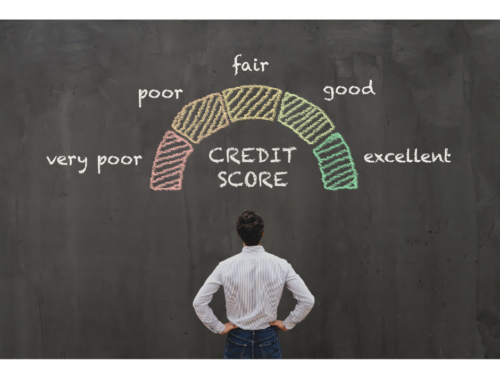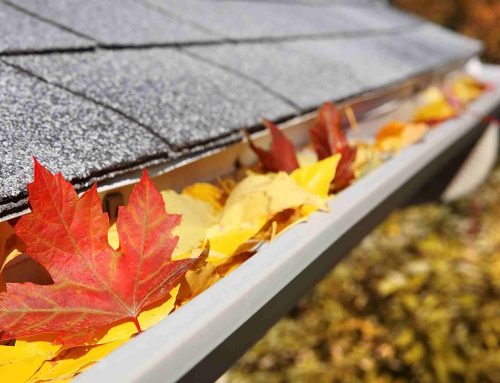Do you have plans to remodel a part of your home? Consider looking into sustainable materials and energy efficient appliances. A sustainable and environmentally friendly home is not only good for the planet but can also save you money over time.
1. Make energy-efficient upgrades.
Updating large appliances will reduce your electricity and water bills. Look for product lines that have been endorsed by the Energy Star rating as a more efficient option. Replacing older windows, doors, roofing, insulation, and HVAC systems can also lower your heating and cooling expenses in addition to making your home more efficient.
2. Build with repurposed items.
Using reclaimed wood is a great sustainable practice, as it does not require deforestation. Refurbished home goods not only add charm and style to your home but are a great way to avoid cheap products made in factories. Check out local antiques shops, flea markets, or unique building supply stores. You can find anything from light fixtures (that can be rewired to use energy-efficient bulbs), drawer pulls, hooks, to larger pieces like shelves and tables. Buying pre-owned materials is a proactive way to cut renovation costs. You can find local places reselling used hardware, plumbing, cabinetry, appliances, and countertops.
3. Research sustainably sourced materials.
Look for building materials, furniture, and decorative items that contain post-consumer recycled content. If choosing repurposed or recycled items is not an option, try to find materials that are sustainably sourced. For example, lumber is certified sustainably harvested by the Forest Stewardship Council (FSC). Just like Energy Star, there are other certifications to look out for, such as GreenGuard, that indicate the level of sustainability of a material. Find such certifications here.
4. When in doubt, choose natural materials.
A rule of thumb is that natural building materials are more durable and safest for your home. From cabinets to flooring, some building supplies are often made with formaldehyde, which emits into your home’s air, known as off-gassing, even after they’re unboxed and installed. This impacts your indoor air quality negatively. Other sealants and paints can also contain toxins called Volatile Organic Compounds (VOCs) that remain in your home and trigger health problems like migraines or asthma. When choosing the design for a kitchen remodel, it is especially important to choose safe and natural materials that will be in contact with food, like kitchen countertops.
5. Redesign with a classic look.
Why? Because by choosing a classic design, you will avoid another remodel in the next ten years and avoid wasting materials. Additionally, you should be able to source classic materials locally instead of luxury or limited supply materials. Luxury items typically have a larger carbon footprint, potentially crossing oceans just to arrive at your house. By minimizing the distance any building materials need to travel, you’re helping to reduce harmful greenhouse gas emissions.
We know it’s not reasonable to think that most homeowners can remodel their home to be completely “green.” But if you start with one choice at a time, making environmentally friendly decisions in small renovation projects, you can stay on budget, and save money in the long run. Your home will be healthier, more durable, and you will love your updated space. Plus, the earth will thank you!
Don’t forget to research local or state tax credits or rebates offered to people who choose to make their house more energy efficient.
Additional Resources



